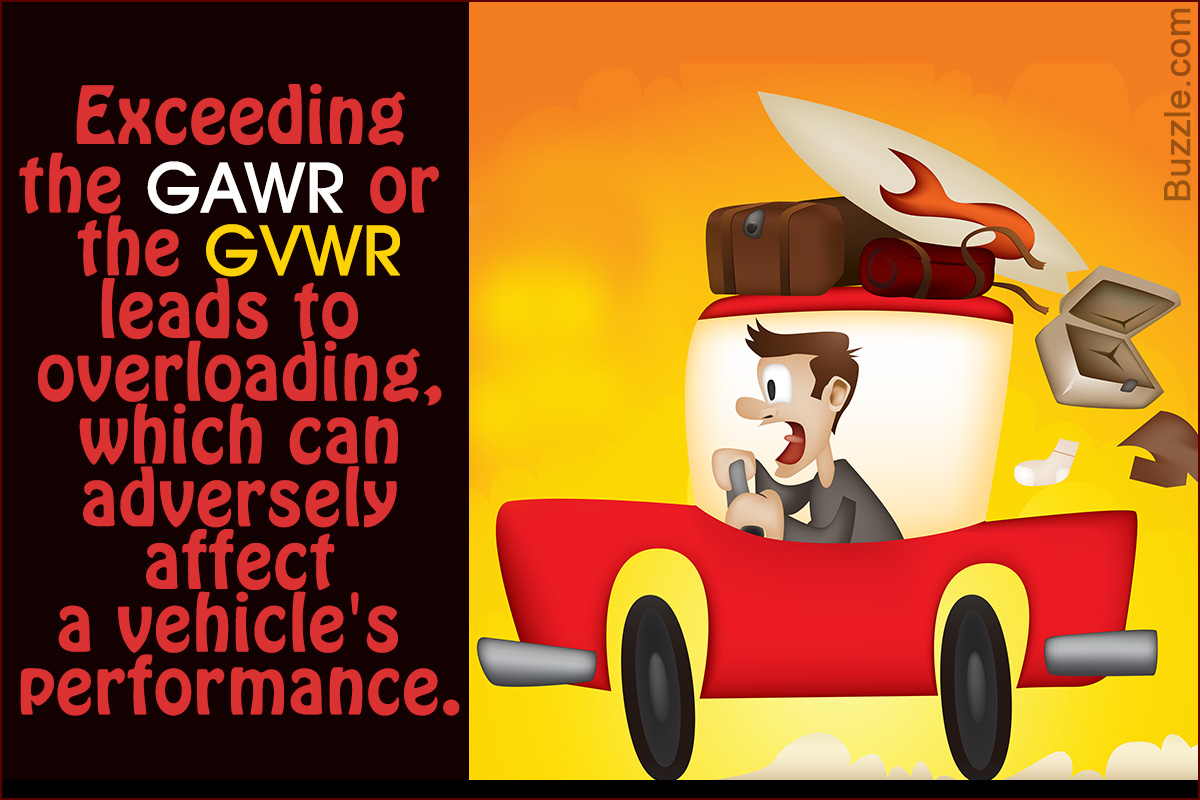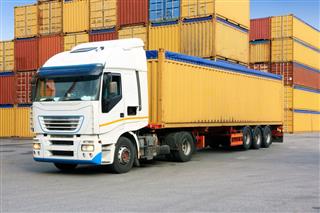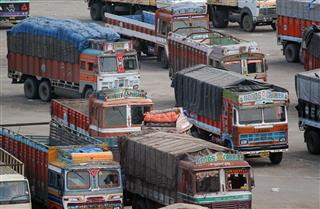
When people discuss vehicles, they usually talk about displacement, acceleration, horsepower, and mileage. Very few ever pay attention to the less popular parameters, such as GAWR and GVWR. These two ratings are extremely important as far as the weight-carrying capacity of a vehicle is concerned. We find out what they mean and learn about their importance. We also see what GVWR means for a travel trailer.
Keep in Mind
Adding an air bag type suspension or overload spring helps the vehicle’s suspension bear additional load. However, it does not reinforce the axle or the chassis of the vehicle. As such, even after such supportive components have been added, the GAWR and GVWR of the vehicle must not be exceeded.
So what do you do when you need to move to your new house? You bring along your old and faithful Chevy, and load her rear cargo deck with a mountain of all your personal stuff and belongings, all packed and ready to be shifted! But do you stop even for a minute to consider whether she can really handle all that weight? Do you bother to check her GAWR and GVWR?
Most people believe that their vehicle is capable of carrying mountains! It is common to see overloaded automobiles, especially pickup tucks, with their engines grumbling and whining, as they struggle to carry the mountain of load put upon them. At best, this can cause minimum damage, which will void the vehicle’s warranty. At worst, it can lead to vehicle breakdown, and even serious accidents.
Hence, it is of utmost importance that a vehicle not be overloaded beyond its specified capacity. A good way to ensure this is by knowing and adhering to its manufacturer-specified GAWR and GVWR ratings. In the following sections, we shall understand the significance of both these ratings.
What Does GAWR Mean on a Vehicle?
GAWR is the acronym for Gross Axle Weight Rating. It is defined as the maximum allowable weight that can be put on an individual axle of a vehicle. Thus, basically, it is the weight limit put on the vehicle beyond which it shouldn’t be loaded.
Both the front and rear axle have their own individual GAWR. This rating also assumes that the weight is evenly distributed on both the axles. Though the definition of GAWR doesn’t mention what all this rating takes into consideration, several vehicle buying guides state that it includes the weight of the vehicle, cargo, as well as the passengers.
It is important to understand that GAWR isn’t the measure of the actual weight that the vehicle is carrying at a given period of time. That is known as the Gross Axle Weight (GAW). Instead, GAWR represents the maximum weight which each of its axle can safely bear.
For instance, if a truck were to be loaded with 6 cement blocks weighing 50 pounds each, its GAW will increase by 300 pounds (50 × 6). However, its GAWR will remain the same as it was before being loaded.
Vehicle manufacturers calculate and provide the GAWR to help ensure that the vehicle’s axles are not loaded beyond capacity. If this limit is exceeded, it can have adverse effects on the vehicle’s performance, and sometimes even lead to dire consequences. The following is a small indicative list of the effects of exceeding a vehicle’s GAWR limit.
1) Too much weight can affect the braking and performance of the vehicle.
2) The handling and maneuverability of the vehicle gets affected.
3) Uneven distribution of weight upon a vehicle can cause it to become unbalanced.
4) Excessive loading of the rear axle can cause it bend or even break due to the strain.
5) Components such as the suspension system could also break, causing one to lose control of the vehicle.
What Does GVWR Mean on a Vehicle?
GVWR is another important weight rating calculated and provided by automobile manufacturers. GVWR is an abbreviation for Gross Vehicle Weight Rating. It is defined as the maximum operating mass/weight of a vehicle. It includes the vehicle’s weight along with all the additional weight upon it, including that of the cargo, accessories, fuel, liquids, as well as the passengers.
GVWR is different from the GAW of a vehicle. While the GVW is variable depending upon the weight that the vehicle is carrying, GVWR remains constant. For example, if four people travel in a vehicle, their combined weight gets added to the GAW value, and when they exit the vehicle, it gets subtracted from the GAW value. However, all the time, the GVWR of the vehicle remains constant.
Exceeding the GVWR of a vehicle can create a lot of problems. The following is a list of a few major problems occurring as a result of vehicle overloading beyond its specified GVWR.
1) Braking ability is hampered, which increases the stopping time of the vehicle. This increases the risk of accidents.
2) The effectiveness of the suspension is significantly reduced with extreme overloading, which may even cause the suspension components to buckle and break under the strain.
3) Large weights can put immense pressure on the vehicle’s tires. The air inside them may get compressed beyond limits, causing the tire to burst.
How to Find Out Your Vehicle’s GAWR and GVWR
So now that you know how important GAWR and GVWR are, let’s see how you can check these ratings for your vehicle. Automobile manufacturers usually calculate the GAWR and GVWR for each vehicle and inscribe it on an aluminum plate or sticker which can be found attached on the vehicle itself. Most commonly, it is located on the door jamb or under the hood.
GAWR is usually different for the front and the rear axles. Therefore, the plates or stickers mention two separate ratings representing each of them. The label ‘GAWR FR’ means that it is the rating for the front axle, while ‘GAWR RR’ means that it is the rating for the rear axle.
Trailers and Towing Capacity
While towing trailers, special care must be taken while estimating the total weight of the load that can be safely carried on it. Every trailer has its own GAWR and GVWR which should not be exceeded. Along with that, a part of the weight on the trailer gets transferred to the tow vehicle through the tongue (the part which couples the trailer to the towing vehicle), and gets added to the weight on the towing vehicle. Therefore, importantly, the following two things must be checked.
1) The weight on the towing vehicle plus the weight transferred by the trailer’s tongue should be less than the GVWR of the towing vehicle.
2) The weight on the rear axle plus the weight added by the trailer”s tongue should be less than GAWR RR of the towing vehicle.
Both these factors are crucial in determining the towing capacity of a vehicle.
Thus, in conclusion, both GAWR and GVWR are important ratings related to a vehicle’s load carrying capacity. For safe operation, the total weight of the cargo and trailer (if added) must not exceed the GVWR of a vehicle, while the load on any axle shouldn’t exceed its GAWR.

